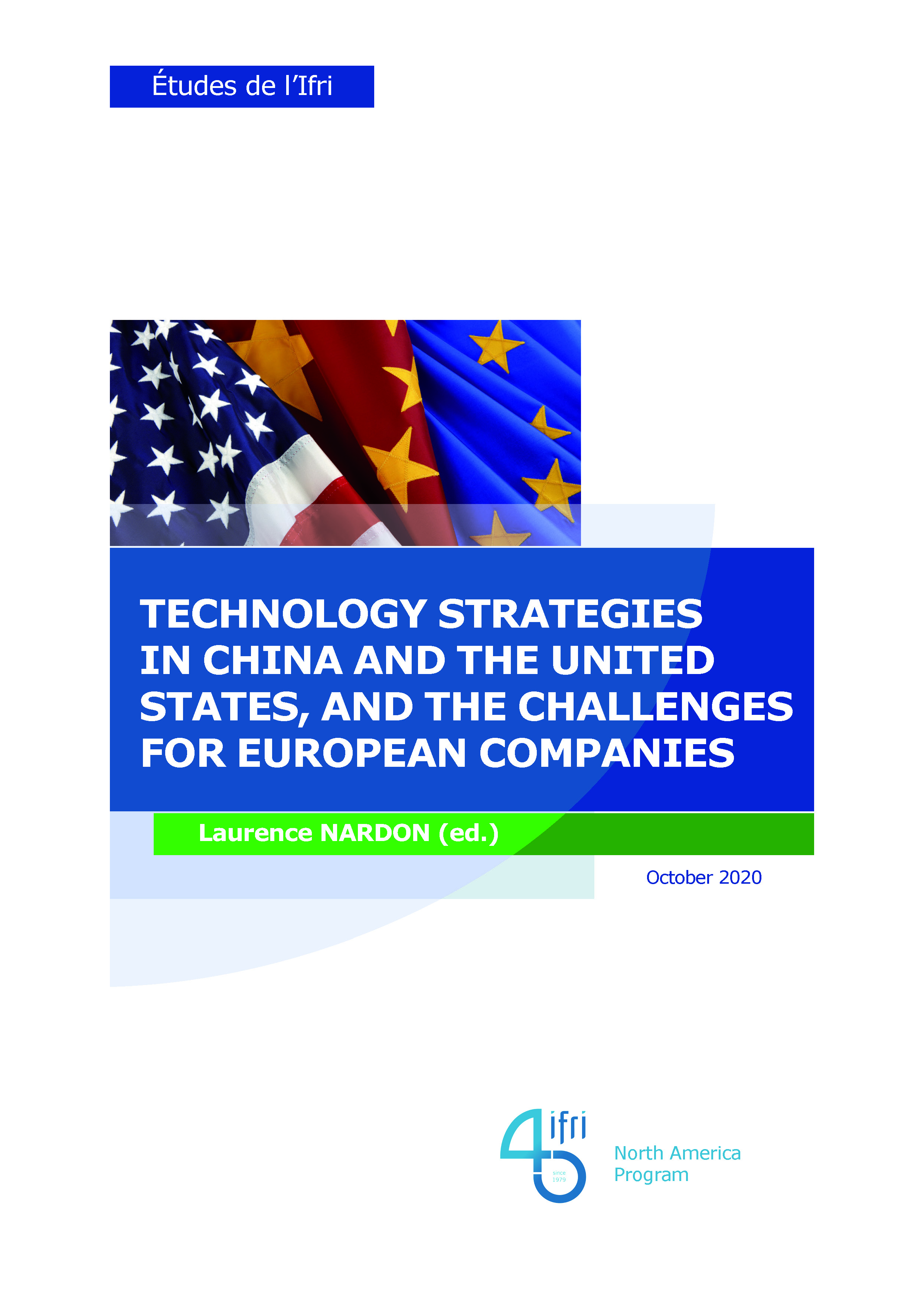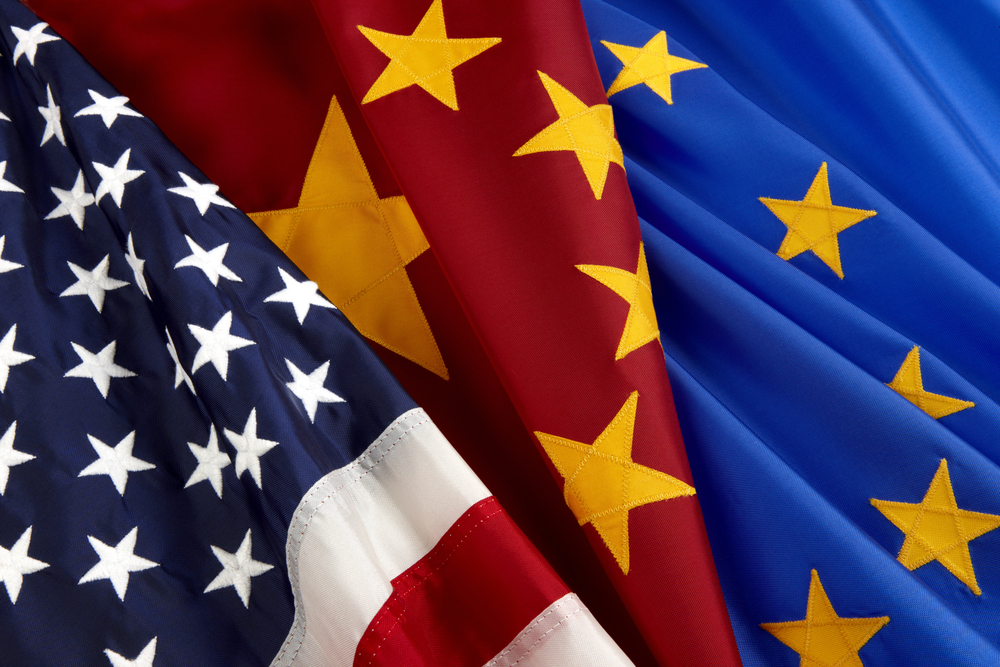Technology Strategies in China and the United States, and the Challenges for European Companies

As international relations are increasingly reorganized around the US-China rivalry, the tensions between these two great powers are shaping a growing number of sectors, and the exchange of sensitive technologies in particular. This is a critical issue for European companies today.

Indeed, European companies, as manufacturers, importers and exporters, risk finding themselves at the heart of the deepening technological competition opposing the United States and China (Éric-André Martin).
The United States has a long history of using multiple regulatory instruments in managing the export of dual-use technologies, in particular towards China. Even beyond the Trump administration’s aggressive positions, these regulations are expanding and increasingly strict, hinting at a potential protectionist technological warfare (Pierre Girard).
Despite China’s progress in innovation (5G, artificial intelligence, Internet of Things), and an expansion of measures meant to protect intellectual property rights both for domestic and foreign firms, Beijing’s predatory industrial practices and the weight of the Chinese Communist Party on the economy and society clearly live on (John Seaman).
French and European companies are thus hindered both by the prohibition of re-exporting American technologies and products enacted by Washington and by Beijing’s predatory practices.
How much leeway do European companies have? What role should the European Union (EU) play in the face of such challenges? Since 2016, new propositions to reform the EU export-control regime regulating dual-use items are being intensely debated (Sofia Bournou).
The three chapters of this report examine the norms currently in place in the United States, China, and Europe, and delve more deeply into specific case studies: the battle between the Trump administration and Huawei (Marion Welles), the problems facing European companies in China (Laurence Nardon and Mathilde Velliet), and the case of the communications satellites (Jean-François Bureau).
The conclusion of this report draws up a list – of great interest for decision-makers – of the infrastructures and technologies that will be critical for European strategic autonomy in the years to come (André Loesekrug-Pietri).
Download the full analysis
This page contains only a summary of our work. If you would like to have access to all the information from our research on the subject, you can download the full version in PDF format.
Technology Strategies in China and the United States, and the Challenges for European Companies











